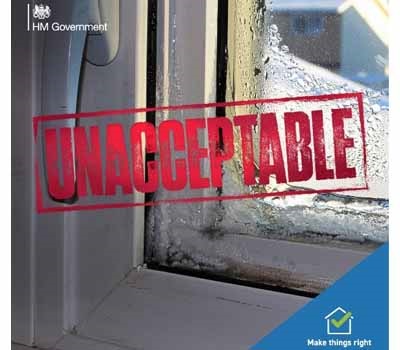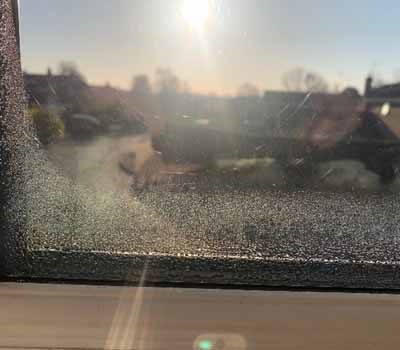Could it be lifestyle - have we gone too far?
Over the last six months the media focus on social housing has been relentless. A recent BBC Panorama programme explained the complexities of the issues and implied that some of these issues are leftover from a legacy and lack of replacement housing caused by the “right to buy” scheme.
Also breaking cover in the last few weeks was the Housing Ombudsman Special Report on Rochdale Boroughwide Housing. I found this extremely difficult reading and would encourage anyone who deals with dampness in tenanted properties to read and take note of this report.
Clearly a lot of incorrect assumptions have been made in the Awaab Ishak case. But equally there was a cultural issue too, where the tenants were marginalised if they differed from the norm. It is clear that there is a mammoth task on their hands in turning the issue around.
Empower staff with specialised training & qualifications
The report highlighted a lack of training for staff. There aren’t really any excuses, those who carry out the inspections need specialist training. This is not intended to be a shameless plug but the PCA (and there are others out there too) can help with this, and whilst we have been delivering training to housing associations for decades, we have seen a sharp rise in requests in recent months. We would encourage those that are front line to undertake the qualification, to empower staff and give them the confidence to deal with these issues, and if not, go to someone that is qualified.
The report does allude to the fact we should consider the extent, location and severity of the condensation and mould. This is sound guidance. It highlights how the property that Awaab and his family had lived in had damp in three rooms, which won't have triggered an immediate response on their treatment plan, but when put into the context that this was a one-bedroom flat with only four rooms in total, the issue was quite severe.
We need to ensure there is balance too
The lefthand image below is the example the Government is saying is unacceptable and on the right, is my own bedroom window on a morning in April. The guidance goes on to say that if this isn’t resolved within eight weeks, then the issue should be reported to the Housing Ombudsman. I’m all for aiming high but if this is the standard we are setting, all too soon the Housing Ombudsman will become overwhelmed and if we are not careful, this could be to the detriment of a very valuable and beneficial service, especially in light of the new standards the Government is setting.


I personally do not believe what is shown in the image is unacceptable. To some degree I think it's unavoidable in many instances, and very easy and quick to deal with.
We need to move away from the term 'lifestyle'
The report indicates that flippantly using the term lifestyle is not acceptable, it's as lazy and bad as using the term “breathable”. But this isn’t new and was highlighted in the report produced in 2021. However, it does suggest that this has been replaced with other “euphemisms and the overall approach and tenant-blaming tone had not shifted”.
I completely agree with the move away from the term “lifestyle”. It's combative, divisive and generally counterproductive to working towards a solution. In this report they highlight the fact that tenants had been blamed for a damp problem because they were “drying clothes and cooking in the home”. I’m sorry but these are activities that almost everybody does in their house and is not an adverse lifestyle. I am certainly against the term being used as a substitute for proper diagnostics.
But I also think we can't completely dismiss the fact that excessive moisture production in a home is going to cause issues. There will be scenarios indicating excessive cooking or drying of clothes, but we have to be able to call it for what it is and support this with good level diagnostics.
Too much moisture production can, of course, be down to overcrowding in properties, and this is highlighted in the report. Whilst ideally moving the tenants to a larger property might seem the obvious solution, as Panorama highlighted, there is a very limited stock of houses making this a hugely difficult and complex situation.
The Panorama programme also highlighted that in many instances within a tower block, dampness could originate from the adjacent property, which may not be owned by a social landlord and to which they have absolutely no control over.
Social housing and a data driven approach
From my own experience there is clearly a lot that can be done, but there is a fine line to tread here. We must ensure that our social housing is of a decent standard, no one should fall ill from the home that they live in. Equally we must be careful not to tip the balance too far the opposite way. Minor problems should be treated as minor problems, wiped down and washed away with routine cleaning.
For those who diagnose moisture related issues, we should be able to say if an issue is down to excessive moisture production as long as we can support it with a data driven approach.